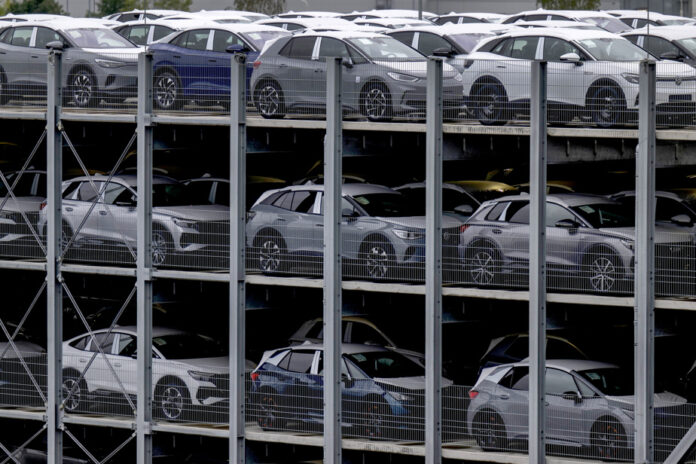This year, China took away the title of leading car exporter in the world from Japan, after having overtaken Germany last year, which is struggling to recover. Europe’s economic engine has stalled.
The German economy is on the path to a second recession in less than a year. It is the only major industrialized country that has not yet recovered the ground lost during the pandemic and it will likely be the only country in the euro zone to show a decline in its gross domestic product in 2023.
Energy, or rather energy uncertainty, is at the heart of the problem. Germany is the factory of Europe with a manufacturing sector that weighs heavily on the entire economy. Manufacturing activities contributed 26.6% to Germany’s economic growth in 2021, compared to 16.8% in France and 18.4% in the United States.
The big guns of the German manufacturing sector are well known all over the world, especially those in the automobile sector, Volkswagen, Daimler and BMW. But the largest chemical company in the world, BASF, is German, as is the giant Siemens, a conglomerate with multiple specialties, including energy, health and transport.
These behemoths need energy, a lot of energy. Since the invasion of Ukraine, Germany has weaned itself off the cheap Russian gas that fueled its heavy industry, which has plunged the entire sector into uncertainty. Not knowing if there will be energy available and if there is, at what price, is not exactly a context that encourages companies to invest.
BASF, Germany’s largest gas consumer, has already indicated that it intends to invest elsewhere, notably in China, to be able to maintain its competitiveness.
The venerable German automotive sector, the pride of the country, is in the process of being overtaken by Chinese competition and that of Tesla. Volkswagen, Germany’s largest electric vehicle maker, last week announced layoffs at its factory that builds the ID.3, ID.4 and ID.5 models, due to weakening demand.
Among the competition, weak demand is not a problem. It would be quite the opposite. Chinese electric or gasoline cars are invading the world.
Here, if we don’t see many of them on our roads, it’s because the American government has blocked China’s access to its market, imposing tariffs of more than 25% on Chinese cars. Some of them are still exported to North America, notably under the name Volvo (Polestar) or MG, brands which belong to Chinese interests.
It’s a different story in Europe, where Chinese cars are so popular due to their relatively low price that the European Commission has just opened an investigation into subsidies that would give Chinese exports a commercial advantage.
German car manufacturers were late to the electrification route. They weren’t convinced this was the route to take, for reasons that are pretty easy to understand. German households pay the most for electricity in Europe, if not in the world. This was the case before the surge in energy prices caused by the invasion of Ukraine and is still the case today. For them, there is really little saving to be made on the cost of electric charging compared to a full tank of gasoline.
When the German automotive sector finally went electric, it was several laps late. Chinese brands have doubled their share of the European electric car market, from 4% in 2021 to 8% in 2023. If the trend continues, it will be 15% in 2025, estimates the European Commission.
The fear of being overwhelmed by Chinese exports pushed Europe to react.
The aim is to help Germany, Europe’s leading car manufacturer, to restart its stalled economy. If it is not already too late for its automotive sector.















